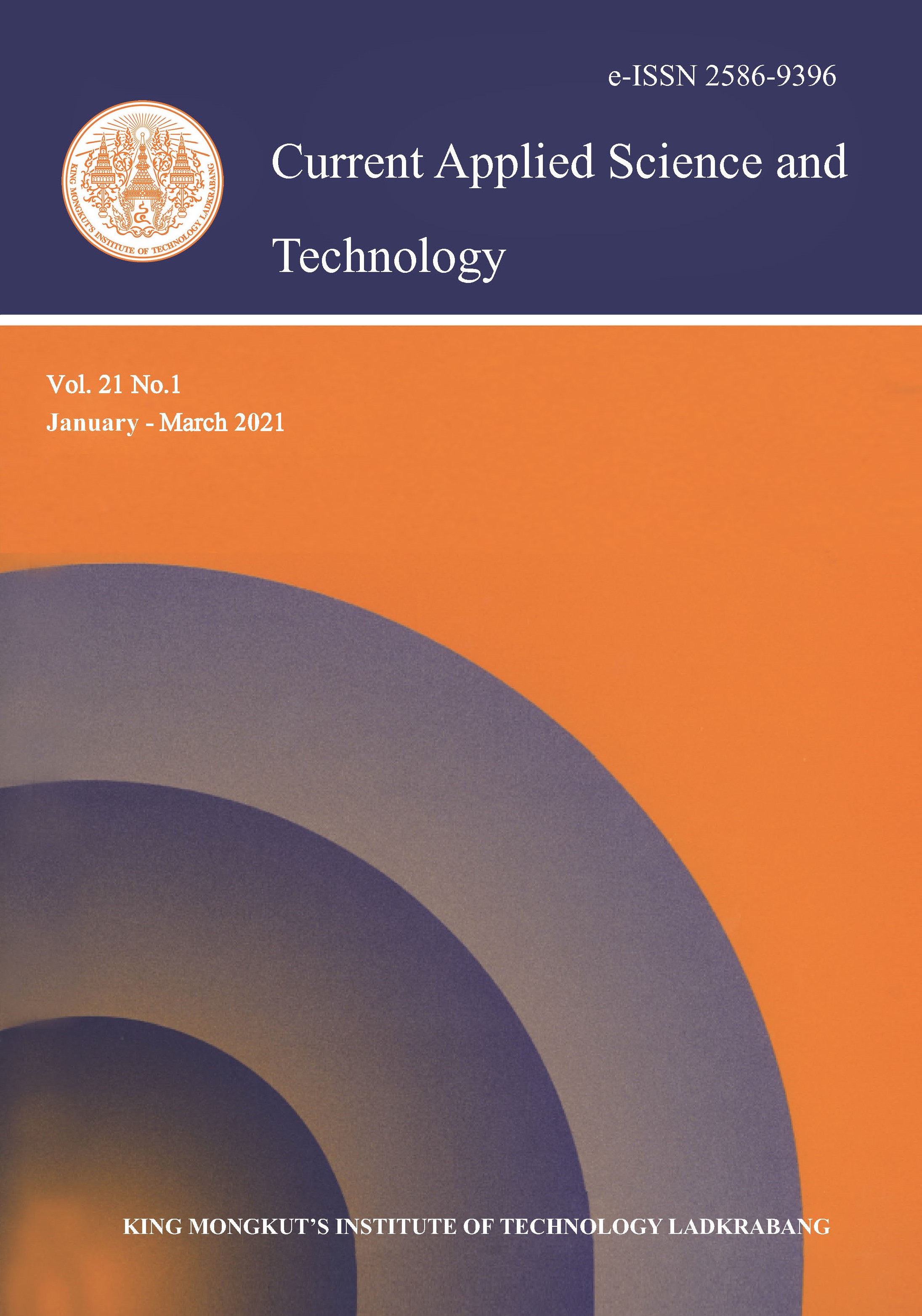*Corresponding author: Tel.: +66 4 374 2620; fax: +66 4 373 2620.
E-mail: wilawanboonsupa@ymail.com
Boonsupa*, W. undefined. ., & Kerdchan, K. undefined. . (2020). Development of Fermented Prunus Vinegar: Chemical Characterization and Antioxidant Activity. CURRENT APPLIED SCIENCE AND TECHNOLOGY, 78-87.
